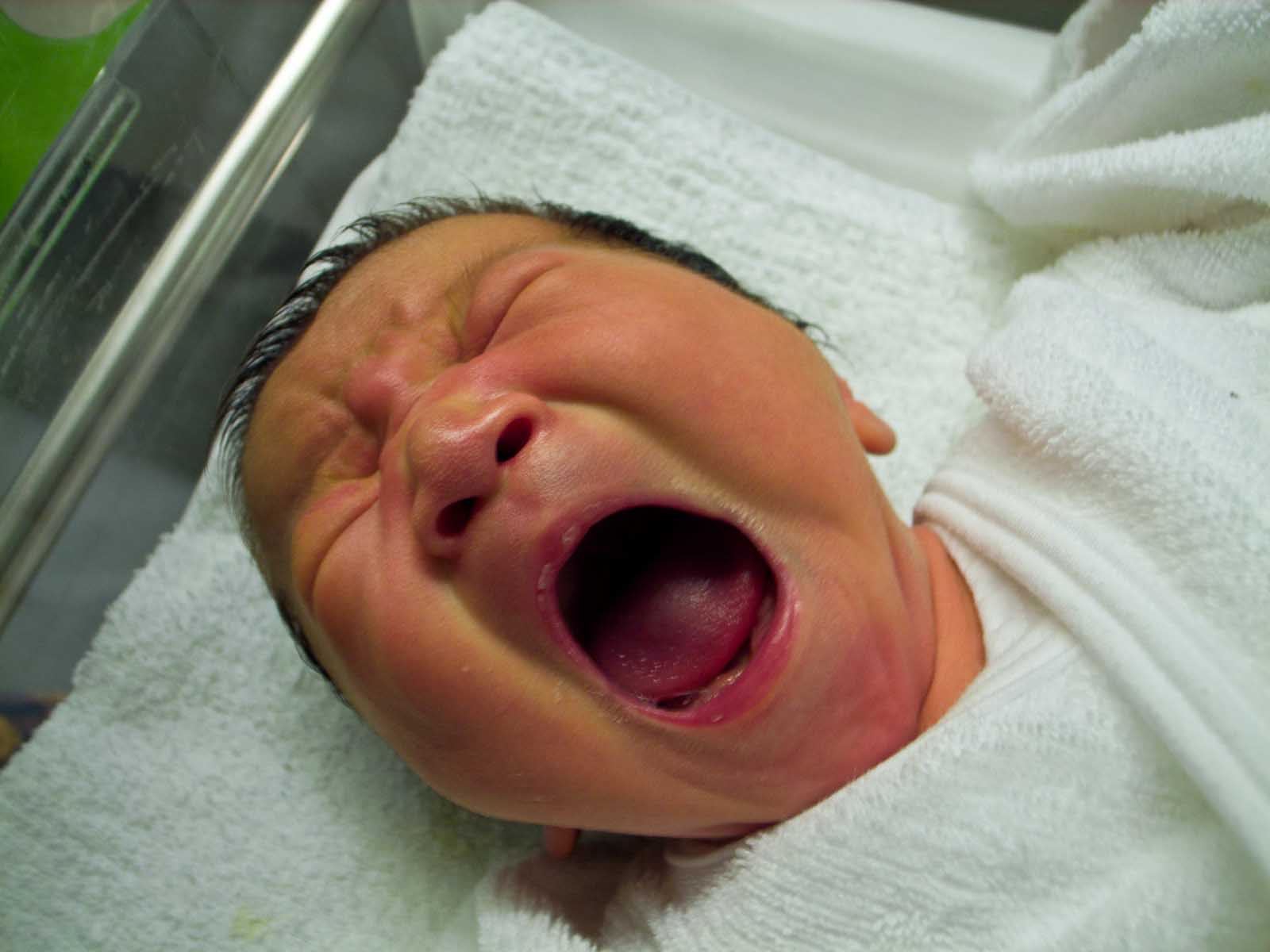"Catastrophe" is one of the words most frequently used to describe Japan's demographic situation: an aging society full of sexless couples having fewer and fewer babies. Fertility is below replacement level, births are being delayed — but is the situation as desperate as the media paints it? No, the data suggest. In fact, the picture is improving.
Japan has never made it into the "top 10" of countries with the lowest total fertility rates (TFR) — the average number of children a woman bears over her lifetime. And since 2005, when it bottomed out at 1.26 births per woman, the TFR has been slowly but steadily growing, although the government is predicting what it hopes is a slight blip — a 0.01-point dip — for 2015. According to the World DataBank, in 2013 (the latest year for which full data — not just estimates — are available) Japan, with its 1.43 TFR, was doing better than South Korea and Singapore (both 1.19), Hong Kong (1.12) and Germany (1.38).
Media like to cite declining births in absolute numbers or birth rates (the number of children born per 1,000 population). The results inspire juicy headlines such as "Japan suffers lowest number of births on record" and "Alarm bells ring over falling birth rate." However, drops in these figures do not necessarily mean that women are having fewer babies. If the pool of potential mothers is shrinking, the absolute number of children will also decrease compared to previous years. Japanese women of ages 35-39 outnumber those 30-34, 30-34 outnumbers 25-29, and so on. Add in the ever-increasing number of elderly living longer than almost anywhere else on the planet and birth rates drop as well.

















With your current subscription plan you can comment on stories. However, before writing your first comment, please create a display name in the Profile section of your subscriber account page.